Breaking News



Popular News


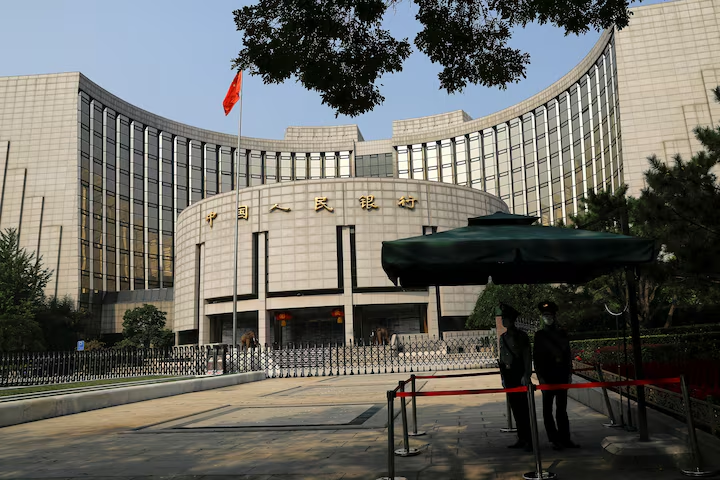







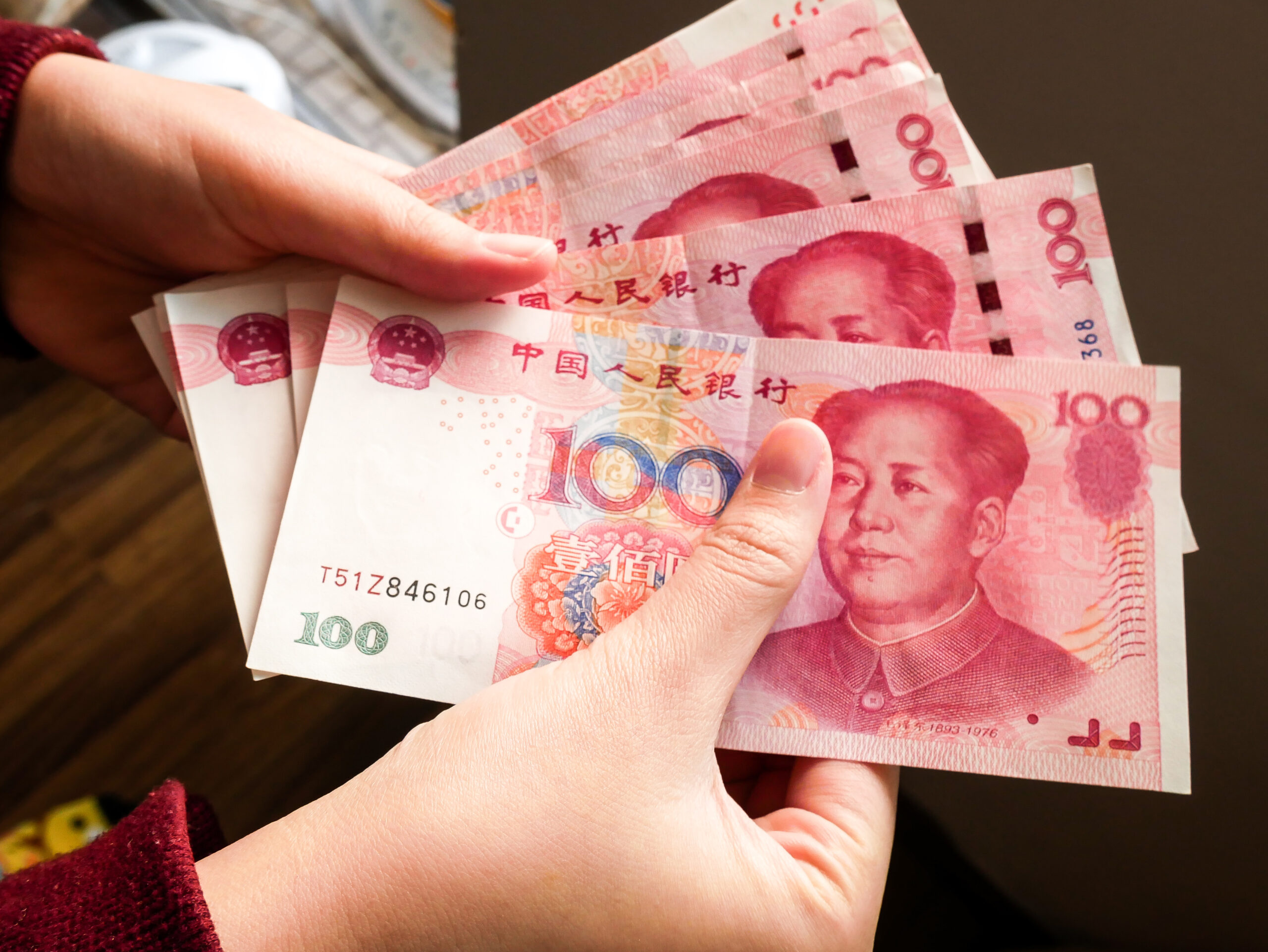
The yuan on the global stage is gaining influence. How China’s currency is reshaping global trade, finance, and investment in 2025.
The yuan on the global stage has become one of the hottest topics in international economics. Over the past decade, the Chinese currency has moved from being a regional settlement tool to a global factor shaping trade, investment, and reserve strategies. According to SWIFT data, in 2024 the yuan ranked fourth among the most used currencies in global payments, surpassing the Japanese yen and the Canadian dollar. More countries are adding it to their reserves, and multinational corporations increasingly choose yuan-based settlements to reduce dependence on the U.S. dollar.
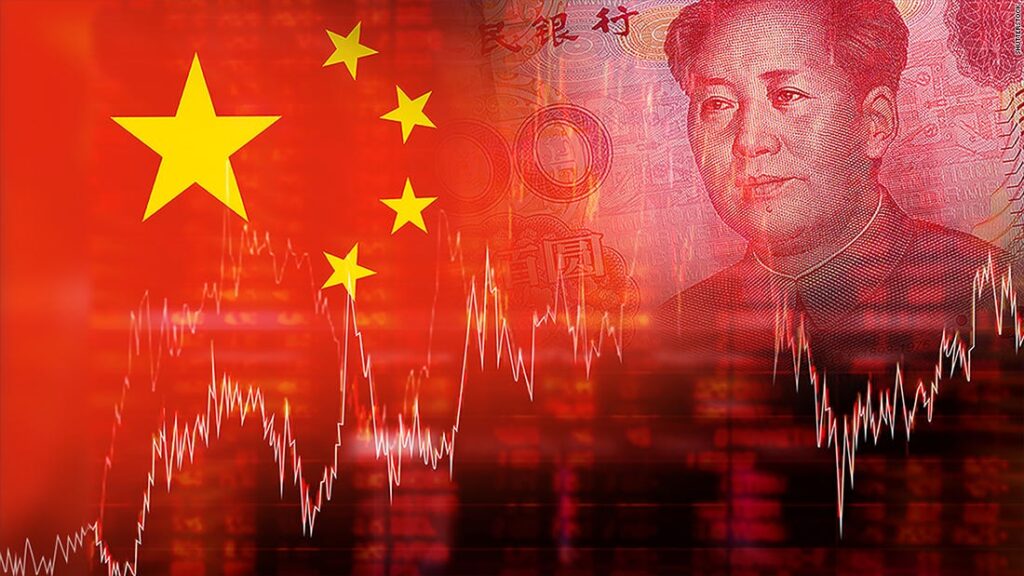
These moves signal a global shift where the yuan is strengthening as an attractive alternative to the dollar, particularly in commodities and energy deals.
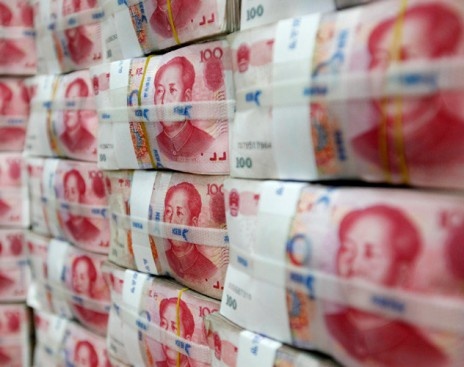
IMF COFER data shows that by the end of 2024 the yuan accounted for 2.7% of global foreign exchange reserves. Though the figure may look modest, it represents nearly 80% growth in just five years. In comparison, the U.S. dollar dropped from 65% to 58%, while the euro declined from 20% to 19%.
The main drivers are Asian and Middle Eastern economies. For instance, Qatar and Saudi Arabia have actively added the yuan to their reserves, reflecting stronger oil exports to China and closer strategic ties.
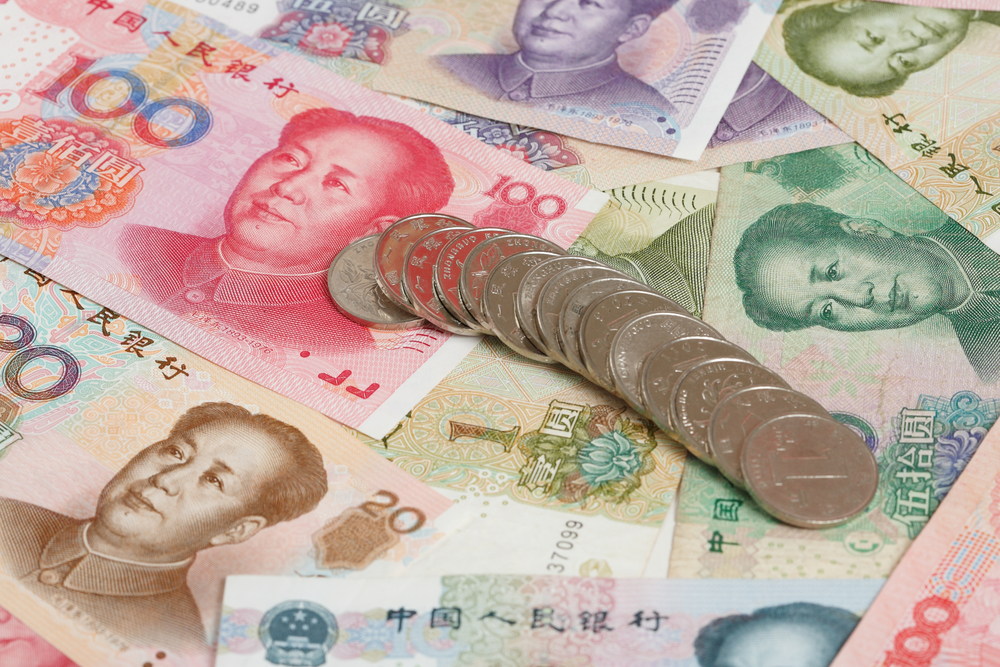
One of the key accelerators of yuan internationalization is the digital yuan (e-CNY). China became the first major economy to roll out a central bank digital currency in large-scale pilot programs:
Experts suggest that digital yuan could give China’s currency a competitive edge by bypassing the limitations of the traditional banking system.
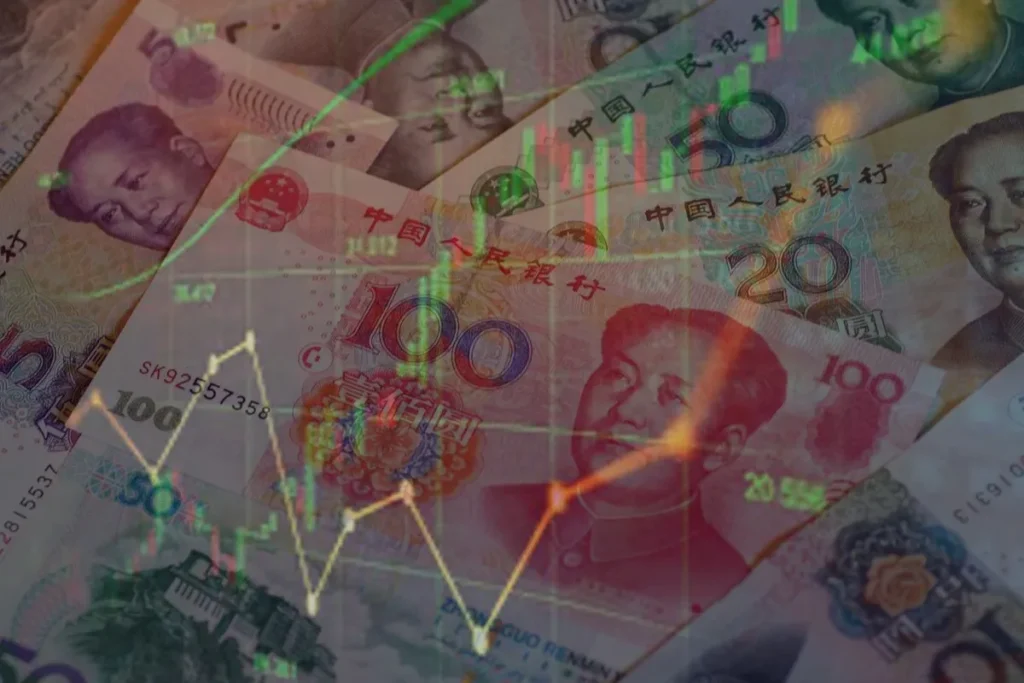
The yuan’s rise is not just about economics but also geopolitics. The U.S. has long leveraged the dollar as a tool of influence through sanctions and transaction oversight, pushing many countries to seek alternatives.
This indicates that the yuan is no longer just a developing-market instrument but is gradually becoming a pillar of the global financial balance.
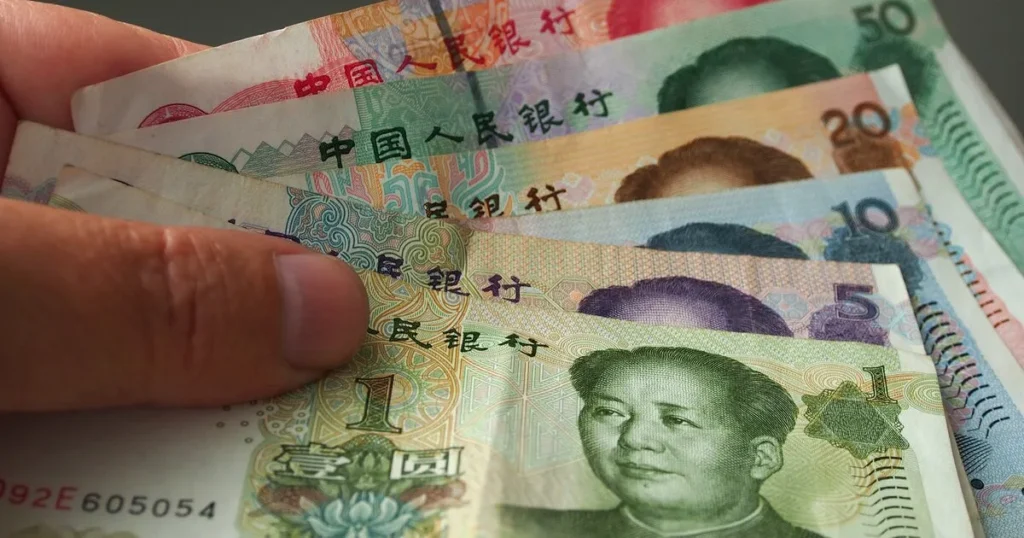
The yuan’s share in global transactions could reach 10% by 2030, with strong adoption in Asia, Africa, and Latin America, while remaining secondary in Europe and the U.S.
With faster adoption of the digital yuan and broader use of oil contracts priced in yuan, its global share could climb to 15–20% by 2030.
If Western resistance, regulatory barriers, and China’s capital controls prevail, the yuan’s share may stall at around 5–7%.
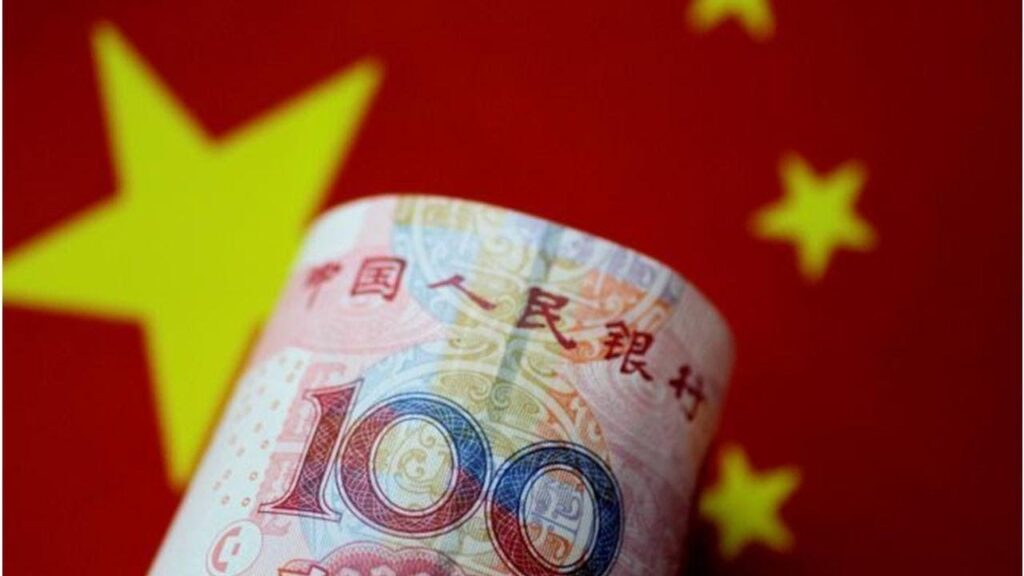
For multinational companies, the yuan on the global stage is not just a trend — it’s a reality. The more transactions shift into yuan, the more opportunities arise to:
The yuan has already outgrown its “local currency” label. It is becoming a central piece of the global financial puzzle, rewriting rules and creating new opportunities for trade and investment.
1. Why does China want the yuan on the global stage?
To reduce reliance on the U.S. dollar, expand global influence, and strengthen domestic financial stability.
2. Can the yuan replace the dollar?
Unlikely in full, but in certain regions and sectors — particularly in energy and cross-border trade — the yuan could become a dominant settlement currency.
3. What is the digital yuan and how is it different from cryptocurrencies?
The e-CNY is a central bank-issued digital currency, unlike decentralized cryptocurrencies. It is backed and controlled by the People’s Bank of China.
4. How does the yuan affect multinational companies?
It broadens trade opportunities, reduces exposure to dollar volatility, and opens doors to new markets in Asia and Africa.
5. Should investors hold yuan-denominated assets?
Diversification with yuan is increasingly recommended, given its growing share in trade and reserves.